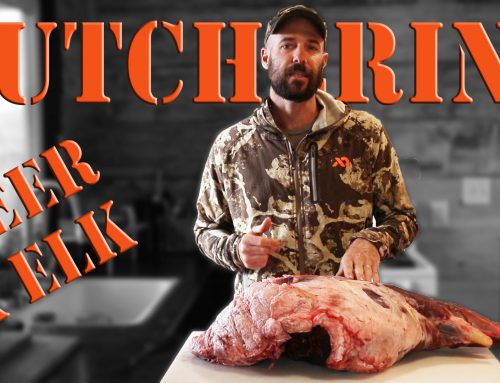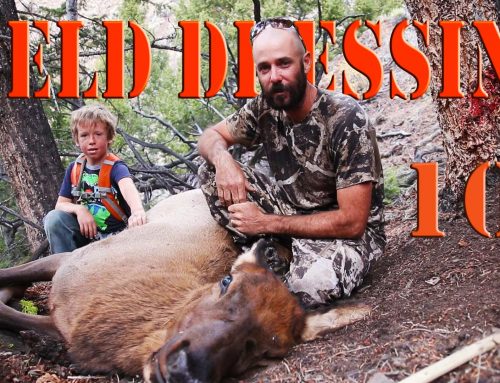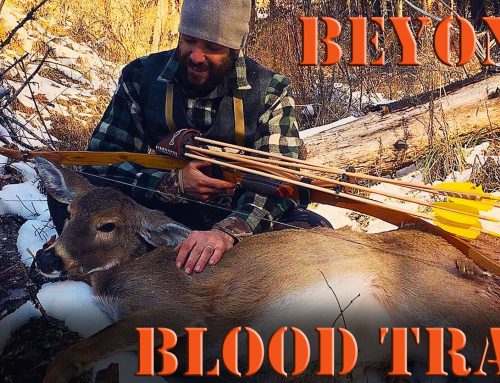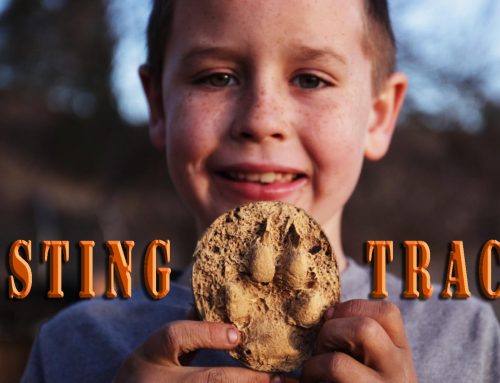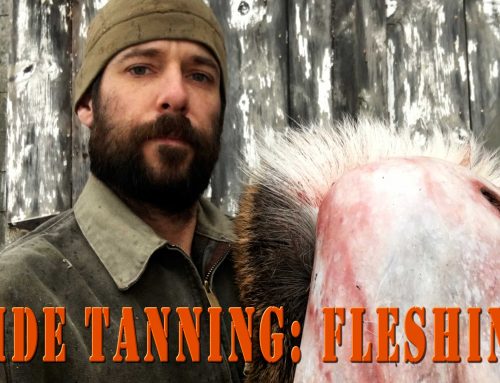Animal Tracks in Snow
Anyone that knows me, knows that traditional archery is my true passion. And if there’s one thing that chasing critters with a longbow teaches you, it’s to slow down and notice the small stuff. That’s one reason I like to take advantage of a fresh snow to look for animal tracks. If you’re lucky enough to have a good base of the white stuff, you’ll see a lot of animal tracks in snow. Reading tracks in snow is a great way to learn how to identify animals and tracks because you get so many clues about what left them.
The best thing about finding animal tracks in snow is that you can not only see individual prints, but also the gait pattern. And the way an animal walks will often tell you exactly what walked by.
Wide bodies animals like woodchucks, raccoons and badgers tend to use a rolling diagonal gait resulting in a front and hind track being placed alongside one another. Animals like dogs, cats and ungulates (deer and elk) most often walk by moving feet (a front and hind) on the opposite sides of their body at the same time. Ground dwelling small mammals like rabbits and hares use a diagonal hop where the front feet hit the ground one in front of the other, then bring the hind feet up to strike ahead of the front feet. Tree dwelling mammals like squirrels display a gait similar to rabbits except that the front feet hit side by side. Weasels move with a bounding gait moving their front or back feet at the same time.
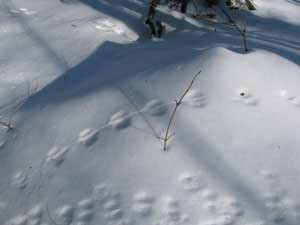 Each of these gait patterns has an easily recognized pattern that you can identify when you see animal tracks in snow and that helps you quickly narrow down what type of animal made the track. (Take a look at the video here and I show you exactly how these gait patterns show up with illustrations alongside the tracks left in the snow.)
Each of these gait patterns has an easily recognized pattern that you can identify when you see animal tracks in snow and that helps you quickly narrow down what type of animal made the track. (Take a look at the video here and I show you exactly how these gait patterns show up with illustrations alongside the tracks left in the snow.)
This video also shows you how to identify what animal left a track without having a clear picture of the animal’s pad. Which often happens when tracking animals in snow because snow falls in the track after it’s been made.
Another thing that will really help you identify what left a track, no matter the season, is the habitat an animal is hanging out in. That comes with time in the woods and knowing what to look for. For example a bobcat and lynx have somewhat similar tracks (despite the lynx track being much larger and obscured by abundant fur between the pads) but their preferred habitats don’t overlap very much.
The video also shows the difference between canine and cat tracks, how to know if you’re tracking a dog or a coyote, and a whole lot more about tracking animals in snow. Take a look at this latest video in Backcountry College.


